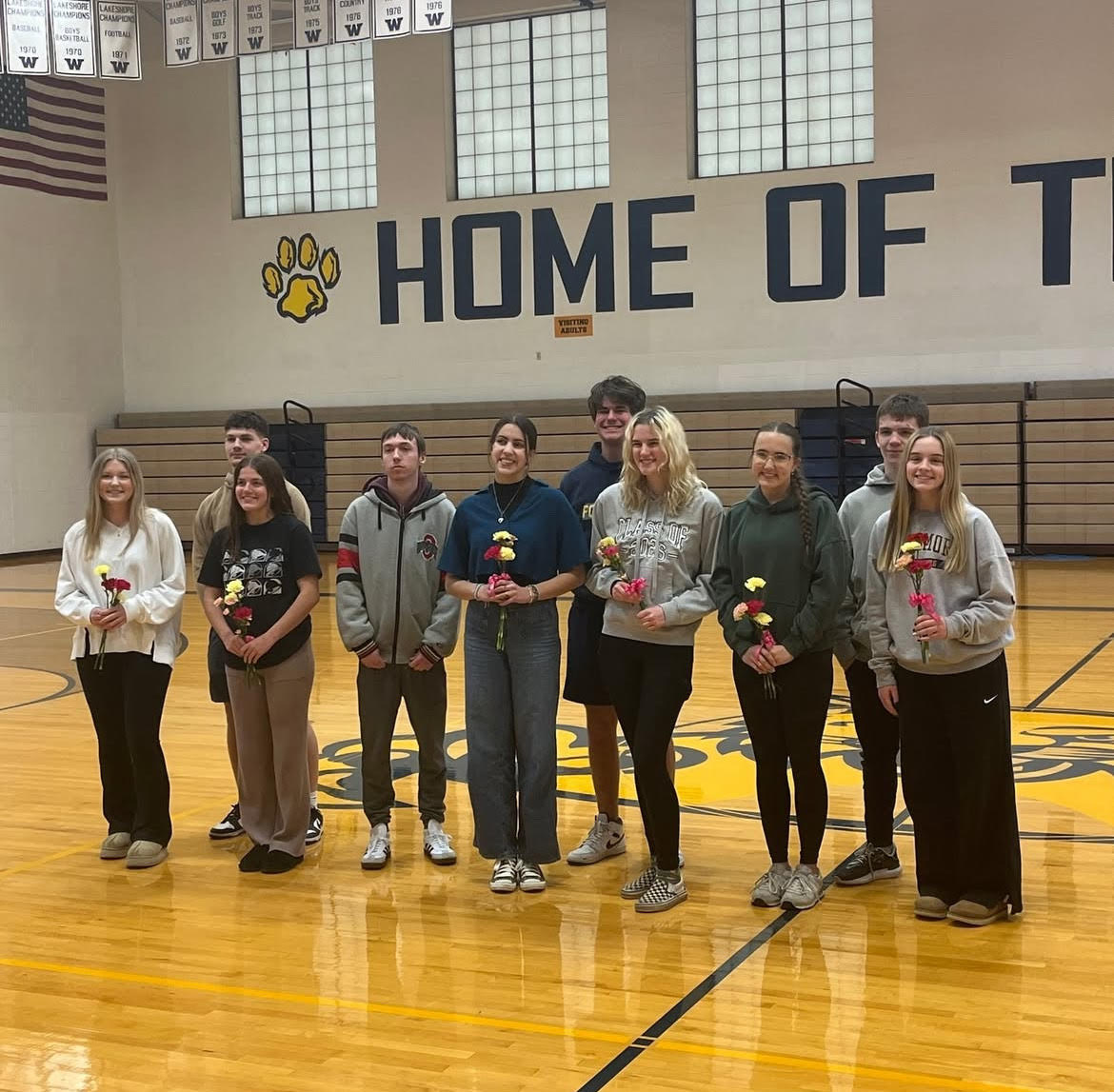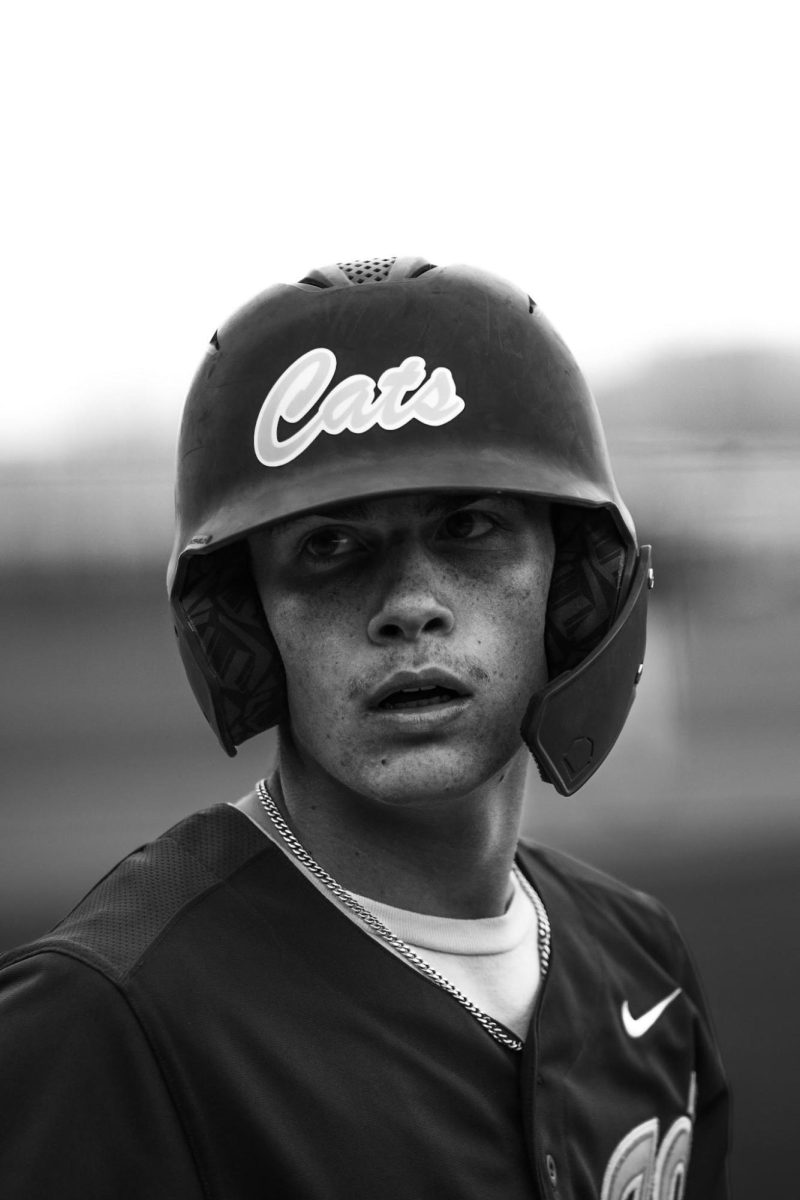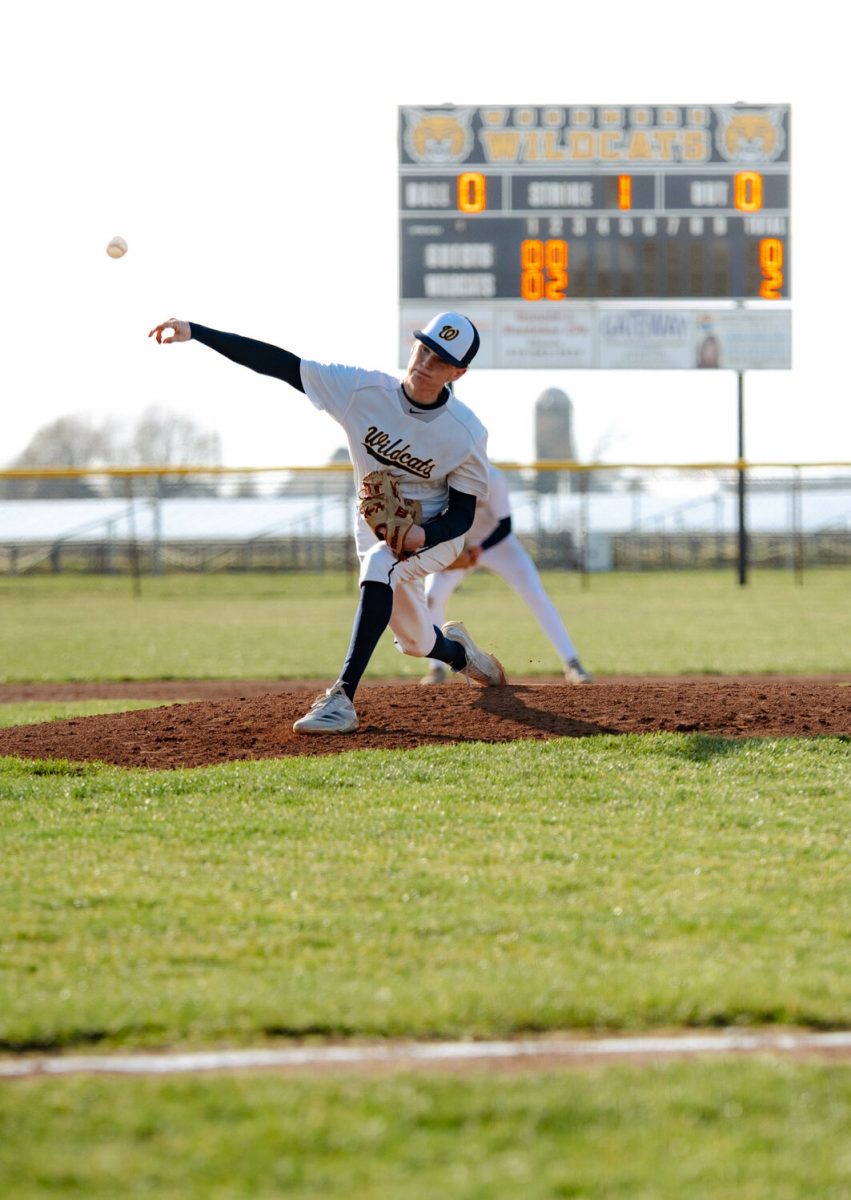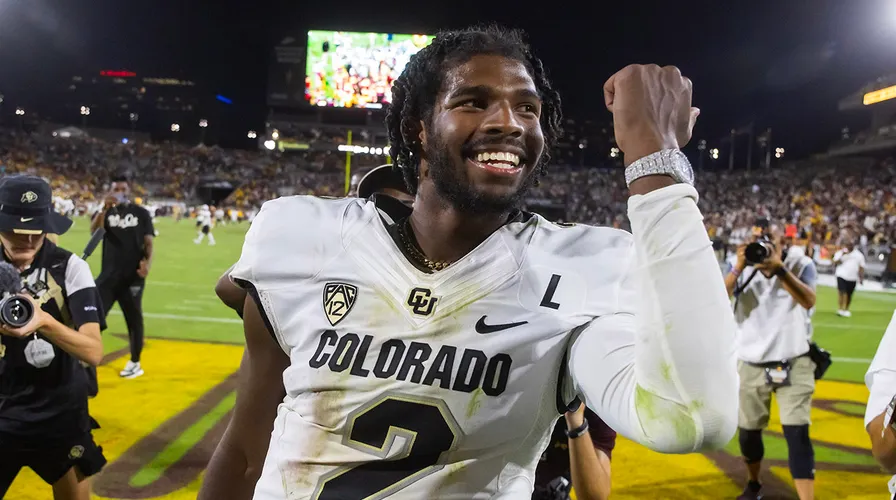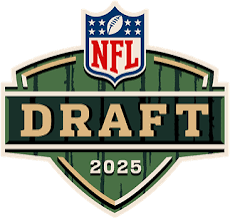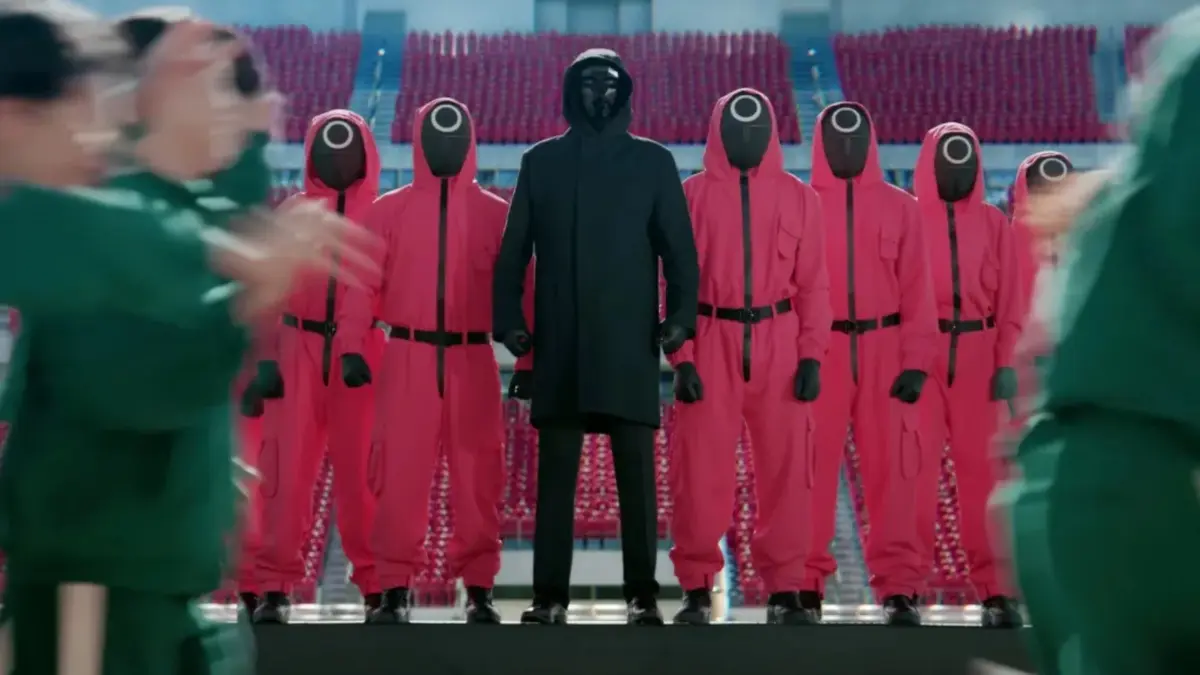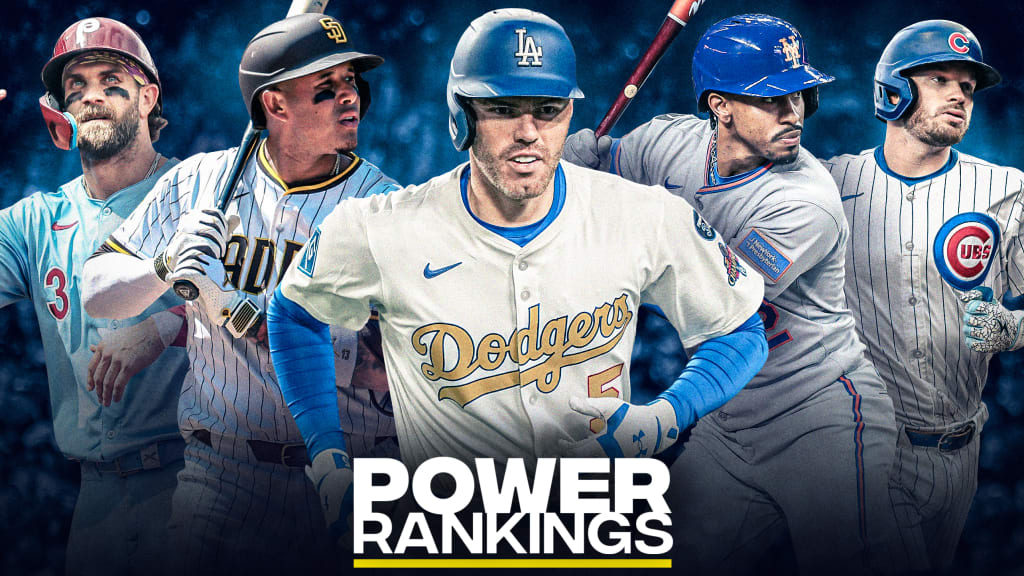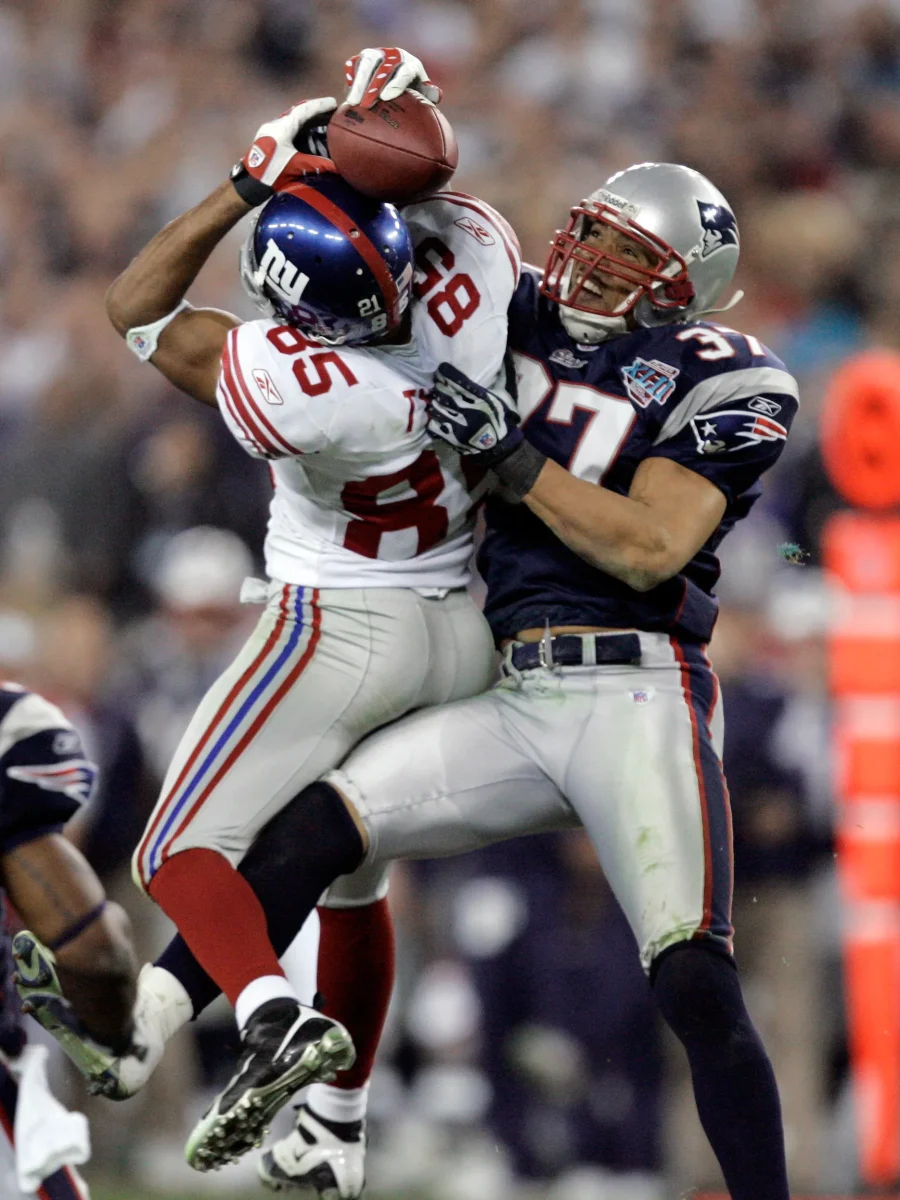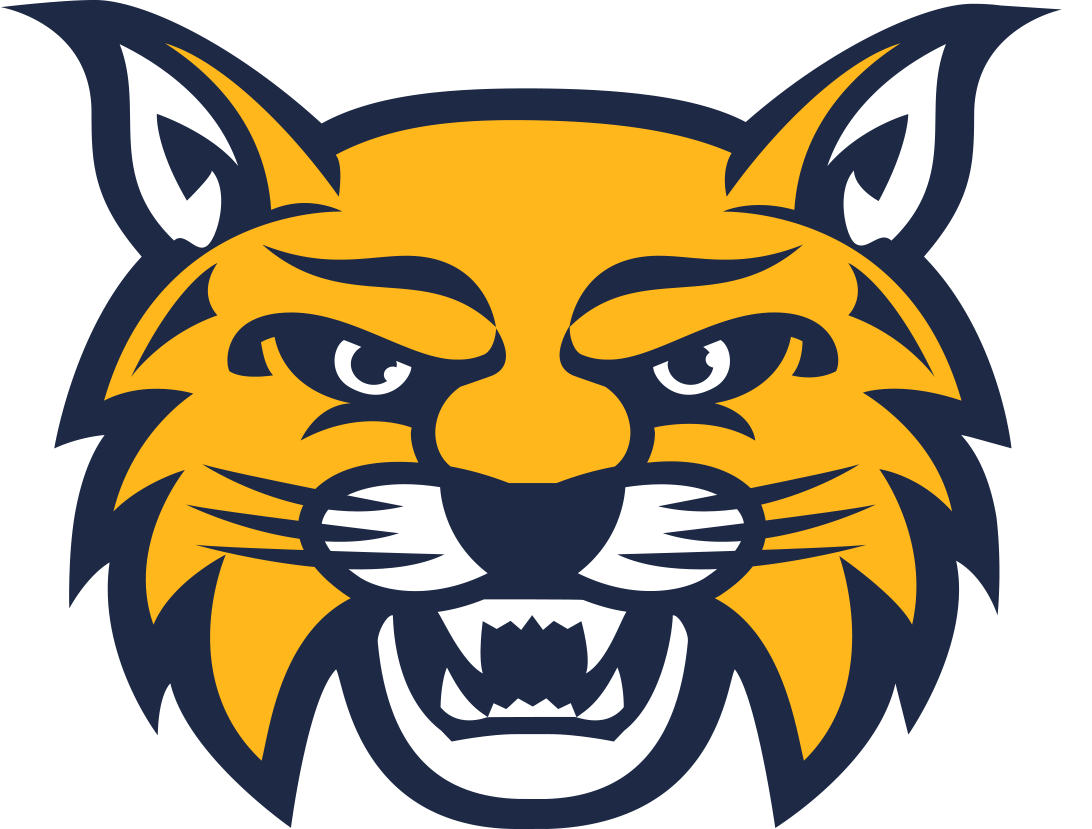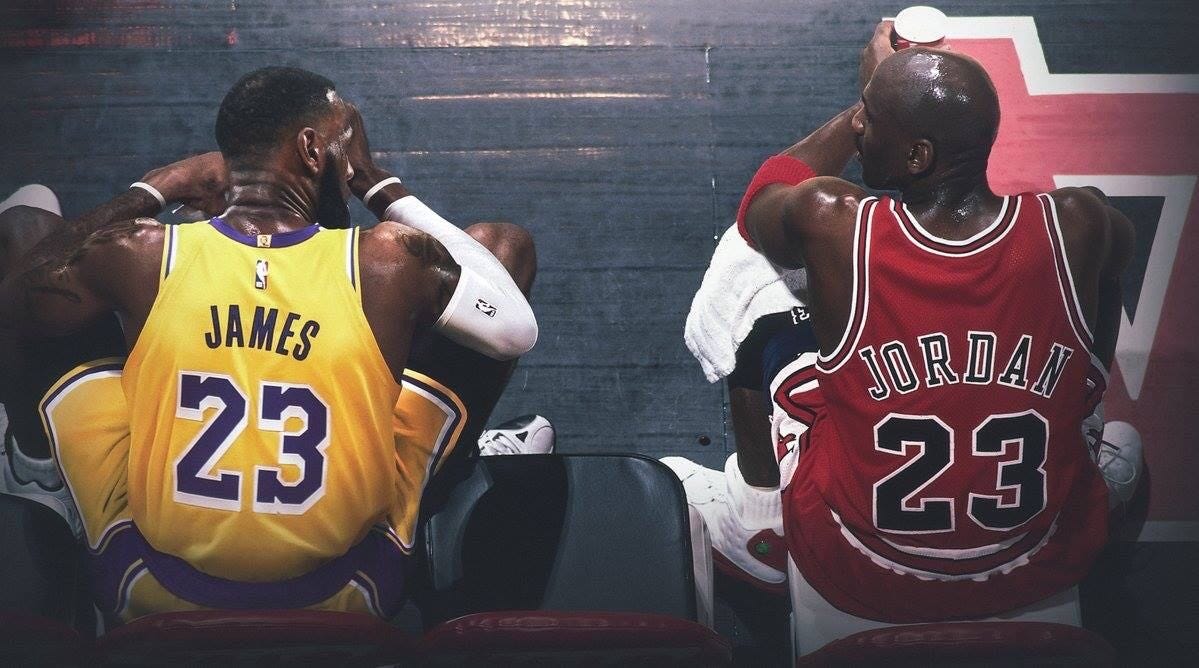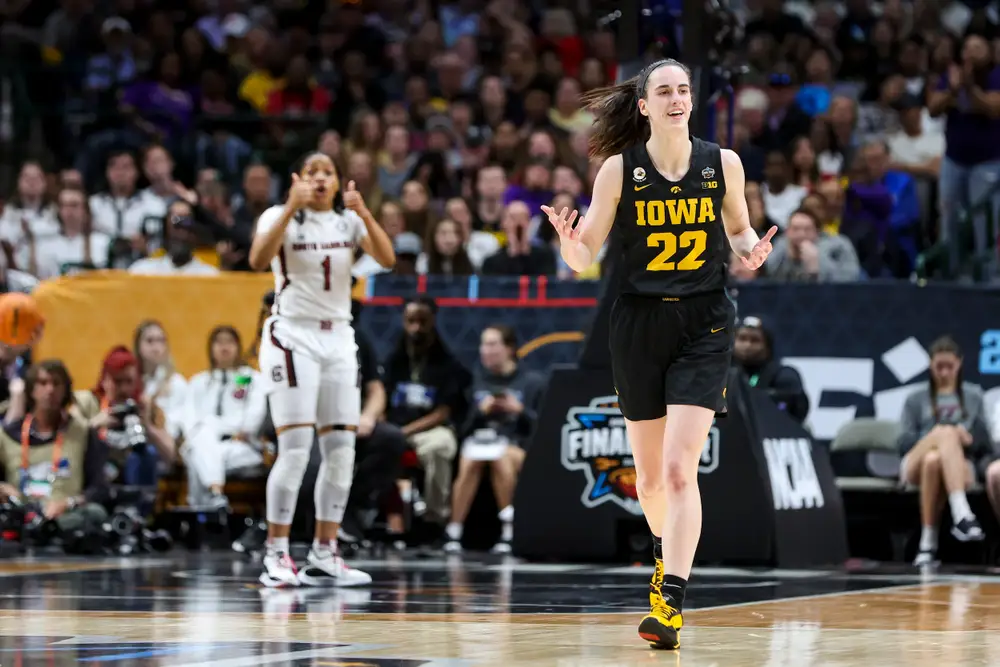Today is Part II of a four-part series of articles that will look at The Business of News and Integrity in Journalism. Today’s focus is Sports Journalism and Coverage and how the face of sports at all levels has been impacted.
As we discussed in last week’s piece, it isn’t just how you get your news that has changed, but how often and when. This doesn’t only apply to mainstream news coverage of local, national, and international events, politics, and government. The Sports world of news used to be a whole lot smaller than it is today. Think about this:
- As recently as the late 1970s and 1980s – Sports news was not regularly reported on.
- ESPN didn’t even launch until 1979, and even after years of being on the air, was still only really known for Sports Center.
- ESPN would not start broadcasting major sports for many years to come.
- Panel shows like First Take, Pardon The Interruption, NFL Now, The NBA Today, and others wouldn’t become a regular part of the rotation until the early 2000s.
And while other cable sports networks would follow, Fox Sports, NFL Network, NBA TV, and many others, the 24/7, 365-day-a-year sports news cycle has only become the norm in the last 15 years or so. Here is some more food for thought:
- Super Bowl I was so lowly attended, that the broadcast team was asking people at the game to move closer together so when they showed crowd reaction, it didn’t look like there were so many empty seats.
- The NFL Draft, which is now an event all on its own, wasn’t even televised until 1980. ESPN was struggling so hard to stay on the air, that they asked then commissioner Pete Rozelle if they could televise it. Rozelle believed there would never be enough interest in watching a draft, so he thought there was no harm in saying yes.
o The Draft would typically be held in the large ballroom or conference center of a New York City Hotel. Draftees did not attend, and interest was so weak, that it was held on a weekday.
o Today the draft is watched by millions and is held in major cities at large amphitheater-style venues. It is simulcast by FOX, ABC, ESPN & NFL Network.
Other things that we probably can’t really begin to believe were very different from what we are used to:
- World Series Games would always feature at least one or two-day games
- It was only 20 years ago in 2003 that the NBA went from a Best of Five format for Round One of the Playoffs, to a Best of Seven
- Sports Center was literally just a long version of the nightly sports news. No panelists, no experts, just reporters highlighting clips and updating standings and reporting on legit major breaking sports news
o Think – Jordan Retires
o Think – Jordan’s going to play baseball
o Think – Jordan Unretires (maybe it was just a lot of reporting on Michael Jordan)
- Broadcasts had no rules experts, and replays didn’t take 10 minutes of overanalyzing, only to still get the call wrong half of the time
- Broadcast teams were simple – one Play-By-Play and one “Color” Commentator – think the late Great John Madden as the mold
Then we begin to look at when ESPN, Fox Sports, and NFL Network realized the severe hunger for constant sports analysis and updates. That’s when we start to see the rise of “Insiders”, people who claim to have hidden sources everywhere. And all this – BEFORE the boom of social media made sending out all things sports all the time – just the push of a button away.
The Athlete had a bigger platform than ever before. And with so many opportunities, came so many blurring of the lines about what was legitimate reporting. The world of sports talk radio had long been popular, but now those talking heads could talk and broadcast right in front of you on your TV screen. Now people like Stephen A. Smith, Colin Cowherd, Adam Shine, Christopher Mad Dog Russo, and so many more don’t have to wait for their three-hour block on syndicated radio. But what happens, when there isn’t much going on in sports? You know, what used to be “winter months” for sports when not a lot was going on. February, early March, July & August – those were the months that if you were a die-hard sports fan – there wasn’t always a lot to talk about. Don’t worry – the leagues all had answers for that:
- The NFL added an 18th Week to accommodate a 17-game regular season schedule for all 32 teams.
o That pushed the Super Bowl to the second Sunday of February – and the second the last of the confetti drops – it’s on to Free Agency and The Draft
- The NBA’s Summer League now kicks off on ESPN & NBA TV just weeks after the Finals.
- Coverage of Mini Camps, Mandatory Training, Camp, and Pre-Season – all huge ratings winners for sports networks
- All Free Agency, Draft and schedule releases for Football, Baseball and basketball get primetime specials with all the hoopla that used to be dedicated only to the Super Bowl, World Series, and NBA Finals
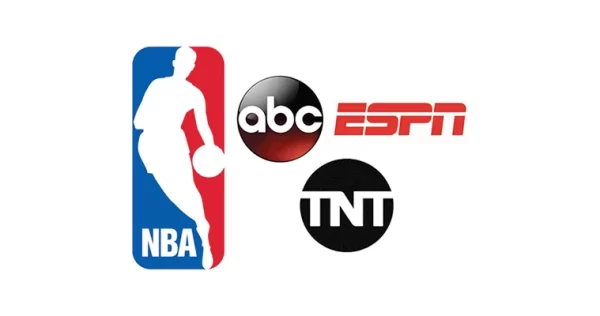
With all eyes on all things sports now, there has been a lot of collateral damage. The sports idols of yesterday all say they are not sure they would have been successful in today’s sports media machine. They all see the same things as potential roadblocks for them:
- No real Off-Season
- Social Media, and how one post can unintentionally start a firestorm of controversy
- News that used to be kept private and between a very tight inner circle, now gets leaked by anonymous sources on a daily basis
And perhaps the most difficult change of all to navigate – is expectations. Blockbuster trades and deals in all of sports – from College to the pros used to be a relatively rare thing. Now, situations between players, owners, fans, members of the media – pretty much everyone – become contentious and toxic in just a matter of days. And with everyone in “win now mode”, there is very little to no room for errors or “rebuilding”. Here are some very recent examples:
- Within hours of the NCAA College Football Transfer Portal opening up, over 2000 student-athletes had entered
- Kyrie Irving, Kevin Durrant & James Harden forced their way onto the Brooklyn Nets to form a Super Team
o Combined, they only played 16 games together over two seasons. All have since forced their way onto three separate teams
- Adam Schefter is told by Aaron Rodgers on the Pat MacAfee show “Lose My Number” when discussing Schefter’s reporting on ESPN about possible destinations Rodgers might be thinking of prior to the start of the 2023 NFL Season – this after Rodgers went to a darkened retreat room for several days and also reportedly contemplated retirement
And the more controversial – the better. Just in the last four months:
- College Football Playoff Committee’s decision to keep an unbeaten, Top 5 Power Conference FSU out of the playoff
- Shoei Otetani could possibly become the first 600 Million Dollar Player, this after season-ending Tommy John Surgery
- Injured QBs takes over the league as starting QBs are lost for the season on multiple teams
- Legalized Sports gambling continues to give headaches to the very leagues that embraced it, as there are reports of gambling violations by athletes, agents, front-office personal, and others in all four major sports
- And then there are those locker room sources that never spoke out of school, whom all the “insiders” seem to have ready access to:
o Marcus Smart throws a chair at the locker room door in a fiery players-only meeting after a rough stretch of games for the 2021-2022 Boston Celtics
o Draymond Green punches teammate in preseason shoot-around session
o During a players meeting during preseason in 2021, then Head Coach of the New Orleans Saints, and current Head Coach of the Denver Broncos Sean Payton, apparently used the terrorists that hijacked the planes on 9/11 as a “good” example of teamwork – yes, you read that correctly
o And any number of insider reports that deal with players trying to force themselves out of a team due to the team record, problems with coaches, or even problems with owners or the fan base
And all this hype, hours of leadup to each event, and the constant “reporting” on all things sports really pays off in the ratings department. Here are the Top 10 watched Prime Time Broadcasts for all of 2022:
- Super Bowl LVI – Rams / Bengals
- NFC Championship – Rams at 49ers
- AFC Championship – Chiefs at Bengals
- AFC Divisional Round – Chiefs at Bills
- NFL Thanksgiving Day Game – Giants at Cowboys
- NFC Wild Card Game – 49ers at Cowboys
- NFC Divisional Game – Buccaneers at Rams
- NFC Divisional Game – Packers at 49ers
- State of the Union Address by President Biden
- NFL Thanksgiving Game – Bills at Lions
Notice a pattern? Not one scripted series, no 60 Minutes Ground Breaking Interview, not even the most highly anticipated finale of “insert reality TV show here”. And to put a really fine point on this, in terms of most watched Shows of 2022, and almost every year since it launched – NBC Sunday Night Football is the #1 most watched “show” each year.
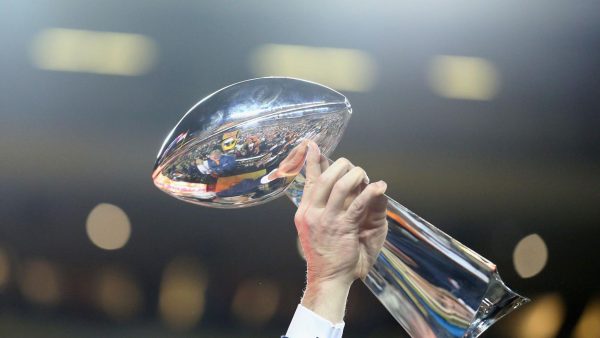
So to better understand the impact that the ever-changing and constant world of sports reporting has had, we decided to ask Woodmore’s own Athletic Director Mr. Steve Barr to sit down with us and talk about how he has seen the effect trickle down to even High School Athletics.
Margaret: Tell us about your journey here and what made you choose this role.
Mr. Barr: I’ve always been in athletics. Well, for the most part. 95% of my professional experience has been in athletics. Mostly college athletics, and when I decided that I wasn’t going to stay in college athletics, the next step in my mind was to be a high school athletic director.
Margaret: Tell us about how you have seen sports coverage and reporting change over time. What impact have you seen this change have on the student-athlete level?
Mr. Barr: When I first started, there wasn’t internet. There were barely computers, we had a little Apple computer with a floppy disc, and the screen was not that big. So obviously with no internet, no websites. So those two things have changed drastically. Not the total demise of newspapers, but pretty close. I think the way reporters get the information, even the few reporters there are any more, they still go about their jobs the same way, but most of them aren’t writing stories for a newspaper anymore. I don’t even know what it would be like in a college setting now because you’ve got people who are claiming to be media people but are basically a one-man or one-woman website. Or you know, on a podcast. Like if you’re Ohio State, you must have hundreds of requests for games for people like that and I don’t know how you would say no or yes to that. But like I said, there weren’t websites or social media. You had a B reporter that would come to your school for press conferences and now it’s completely different.
Margaret: What impact have you seen this change have on the student-athlete level?
Mr. Barr: I don’t think it’s really changed for the student because if somebody is interested, it’s basically going to be an interview and that process really hasn’t changed. These days you might do it via Zoom instead of face-to-face, which back then it was always face-to-face. Something like that has changed. It’s a lot different from college to here, especially a smaller high school like this is, compared to a Division I college, there’s a lot of differences from that standpoint, but other than that I don’t think it’s really changed. Athletes are going to get the same questions from reporters, that hasn’t changed.
Margaret: As the focus has shifted from winning at all costs, how has that trickled down into school sports? (ie. Putting the extra work in the weight room, giving every practicing their all, showing up every day, playing with minor injuries, etc.)
Mr. Barr: I’m not sure the winning at-all-costs mentality has gone out the window totally. I think there is still some of that around. We still want the kids to get in the weight room, and get into a good college. There are still pretty high expectations for you. I always told my kids who played Division I volleyball, it is going to be fun and games for a day when you get to go back to your high school and say “Hey I just signed with whoever it is” but I said after that one day of bliss, you basically got a job at that point. Your expectations are going to be that much higher because it’s college compared to high school. Now if you’re coming from a pretty big high school, then the expectations probably aren’t that different making the move to a Division I program. But with a small school, there’s a pretty big change there. And some kids aren’t ready for it, and they don’t make it.
Margaret: Do you think seeing professional athletes and even some college athletes, how they have acted in terms of load management, sitting some games, or if they have a minor injury and making a big deal out of it, do you think that has affected the way student-athletes handle their own injuries and load management?
Mr. Barr: I think that’s really based on your philosophy within your sport or your school or your department. I don’t know if at the high school level, you can get away with load management. Lebron can get away with it, but I’m not sure that is going to happen at any high school level. I mean maybe someone who is pretty heavily recruited like Lebron, you could. But for the vast majority of the high school students, I don’t think it applies to them. I’m sure their coaches at the high school level, if you went to the mand and said, “I want a load management day off” that would probably get you a few laughs. I’m sure the kids see it, and it is certainly probably in their thought process, but I don’t think that would work at this level. Colleges? That probably happens. If you’re a higher level, like Lebron’s kid, or a guy that’s projected to be the number one draft choice or a high draft choice, you could probably get away with that in college I would imagine.
Margaret: Now that sports at all levels (school, college, semi-pro, professional), now that they are all broadcasted and covered every single day, do you think this has had a positive, negative, or neutral impact? Please explain.
Mr. Barr: I would say positive, I mean I’m trying to think of something negative. I mean obviously, at some point you can get to a point where it is over-publicized. And I’m sure that happens when you’re talking about the kids that are top 100 recruiters. I don’t think there is a negative because I come from a school where there is no such thing as bad publicity. But even bad publicity if handled the right way can be positive. That’s something that has also changed. When I was at BG, the football team was in 2 days and we didn’t do something every day and there wasn’t a website and now every once in a while I pop on there and see what; ‘s going on and they’re pumping out something every day. Covering practice, it’s an expectation of their coaching staff. I’m sure somebody who has been with a high school student who was a number one recruit, they would probably have a different idea about that. I guess it’s your approach and thought process with that. But I mean to me that would not be positive from that standpoint. I can’t think of anything negative. I’m sure there are people who could think of something negative.
Margaret: How do you feel about high school students signing brand deals and being endorsed? Do you think this is beneficial or overkill? Please explain.
Mr. Barr: High school kids? I don’t know how it would be beneficial to a high school kid. That’s probably an old man’s mentality. I wouldn’t even want to have to worry about something like that at the high school level. At the high school level it would be even worse than the college level, you know your percentage of athletes that would be even considered to do or participate in something like that would be so small that I don’t know how you would keep everyone else happy. Doesn’t have a chance in the world you know to get any money, I don’t even know how they would do it at the college level I mean with Title 9 and things like that that come into play, I mean I understand it at that level but I don’t know how you would even incorporate it at the high school level. I hope I’m retired by then for them to do that. It’s just so much different at the high school level. Like an area like here, I mean I’m not even sure if we had a person, athlete that would warrant getting something like that, it’s not like we have Fortune 500 companies downtown and those are the only kind of companies that could do those types of things. There’s nobody around here that would be able to do that. Even at small colleges you still have money from people that are given money to the university. It would have to be an elective-type situation, but I don’t see it happening in Ohio if ever. A place like Texas is different, they have 30,000-seat stadiums so there’s money.
Margaret: If you could change one thing currently about the way sports is reported, what would it be and why?
Mr. Barr: How it’s reported. The thing I’ve always asked is that they’re honest with what they’re reporting. I mean we don’t get a lot here but when they do things here and do a piece on someone here we just ask that they are honest with what they’re doing. Even at the higher level. And a lot of these press conferences at the higher level are probably zoomed so you don’t even see it. It’s grown exponentially, I don’t even know how they do it at the pro level, you’re not going to have anywhere near the control that I had when I first started.
We thank Mr. Barr for his insight into sports media and how it has changed and drastically spiked in development. Whether you are a student or an adult, there is a great chance sports have had some kind of effect on your life- major or minor. We are given constant updates and 24-hour coverage of everything that goes on in the sports world. With push alerts, and breaking news notifications, the gate opens with a click of a button. Ratings for sports are higher than any other live broadcast or TV show- with few exceptions. The world has gone from little to no information that was sporadic and minimal, to having the ability to know pretty much anything you want about your favorite teams and players.
Steve Barr has been the Athletic Director for Woodmore Schools since August 2012. He lives in Bowling Green with his wife and has two grown children who are married and four grandchildren. He worked in college athletics and sports information for eighteen years, at three different colleges. He did some other non-sports-related work for about four years. He worked in little league baseball for three years in Pennsylvania before coming to Woodmore. He always wanted to end up in sports and was quite the sports junky growing up. He kept a notepad of NFL standings and was extremely engaged in the sports world.






